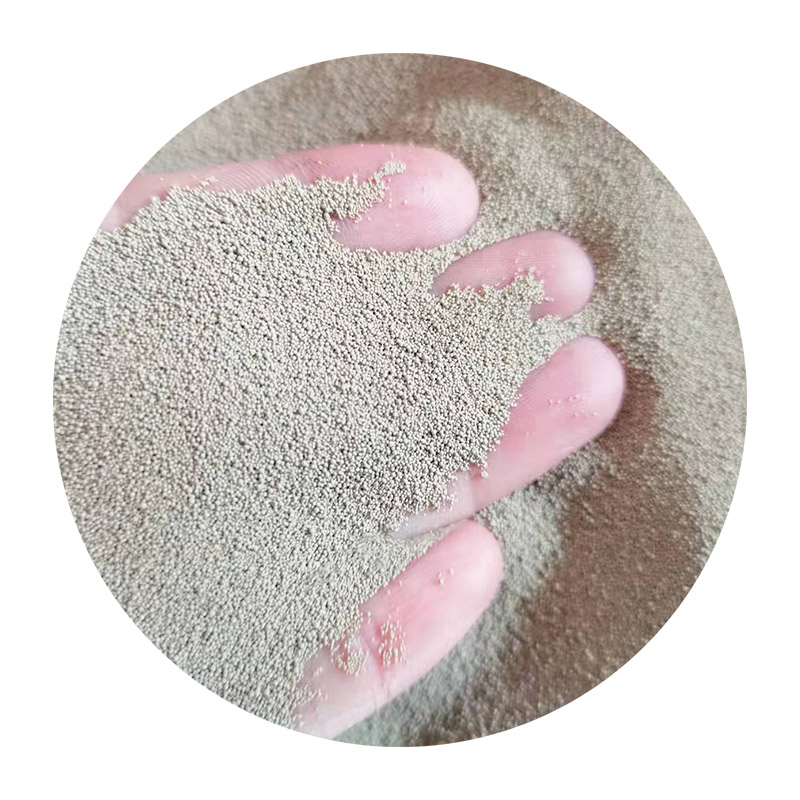What is Sand Casting Used to Make?
Sand casting is a widely employed manufacturing process that utilizes sand as a primary molding material. This traditional method is favored for its versatility, cost-effectiveness, and ability to create complex shapes and large components. It has been used for centuries in various industries to produce a range of metal components.
What is Sand Casting Used to Make?
In the aerospace sector, sand casting is used to produce lightweight yet strong parts. Components like turbine blades, housings, and structural elements benefit from the method's ability to create complex geometries while maintaining dimensional accuracy. The aviation industry appreciates the method for its ability to produce parts from a variety of metals, including aluminum and titanium, which are crucial for aircraft performance.
what is sand casting used to make

The industrial machinery sector also relies on sand casting. Large machine bases, frames, and housings are produced with this method, which allows manufacturers to create durable, heavy-duty components that can withstand the rigors of operation. The flexibility of sand casting enables manufacturers to tailor products to specific needs, whether for mass production or custom-made parts.
Moreover, sand casting is extensively used in the creation of decorative items and artwork. Sculptors and artists often choose this process for its ability to capture fine details and complex designs. Custom sculptures, intricate jewelry pieces, and artistic metalwork can be made effortlessly, showcasing the creative potential of sand casting.
Another significant application of sand casting is in the foundry industry. Here, the method is implemented to produce prototype parts for research and development, allowing engineers to test and iterate designs quickly. This rapid prototyping capability helps industries innovate faster and reduce costs effectively.
In conclusion, sand casting is used to manufacture a diverse array of products across multiple industries, from automotive and aerospace to industrial machinery and art. Its versatility, cost-effectiveness, and capability to create complex shapes make it an essential technique in modern manufacturing. As technology advances, sand casting will continue to evolve, further enhancing its applications and efficiency in producing high-quality metal components.
Post time:Oct . 30, 2024 22:37
Next:sand in resin
